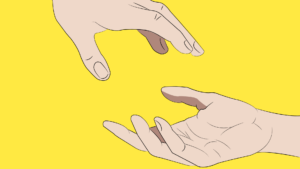Every day, 2.5 billion images are stolen and used without permission or credit. This issue affects professional photographers drastically, as their ability to make a living and protect their intellectual property is being threatened by digital piracy.
The main problem lies in the ease of image theft. With a few clicks, anyone can find, download, and share copyrighted images without the photographer’s knowledge or consent. It has become even easier with the rise of free stock image websites, which host millions of photos of varying quality and many of which are stolen.
This rampant image theft has a direct impact on professional photographers. With stolen images being freely available, the demand for original photos is diminishing, thus reducing the potential income from photoshoots and stock images. Additionally, it erodes the photographer’s rights to their work, as stolen images can be used for commercial or promotional purposes without the photographer’s knowledge or approval.
Some photographers attempt to protect their images by digitally watermarking them, however, this can be easily removed with the help of online tools. Other photographers may choose to register their works with the copyright office in the U.S. or their home country. While this can help identify a stolen image and make it easier to pursue legal action, it is a costly and tedious process.
Fortunately, there are also some proactive steps that photographers can take to reduce the risk of theft. Firstly, they should ensure that all their images are optimally protected by using appropriate passwords and secure file-sharing services. Additionally, they should also properly label images with accurate copyright information such as their name, website, and contact details.
Finally, photographers should familiarize themselves with the laws and regulations on copyright and intellectual property in their home country. This knowledge can help them understand their rights and better protect their images from unauthorized use.
Overall, image theft is a serious problem for professional photographers and can have a damaging effect on their work and income. It is important to be aware of the risks and take the necessary steps to protect one’s images from theft. With the right measures in place, photographers can continue to make a living without having to worry about their images being stolen and used without permission.







